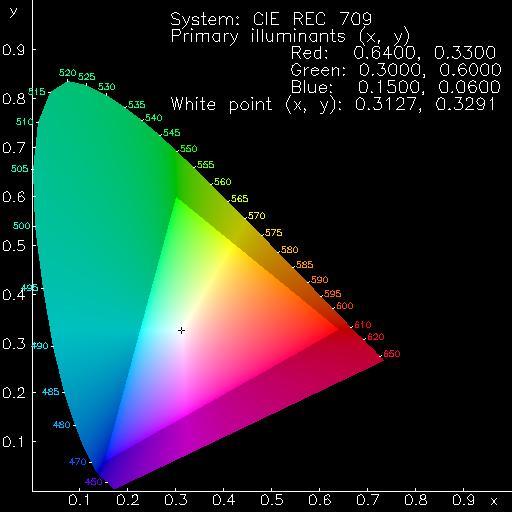
Tongue or x-y chromaticity diagram

Tongue or x-y chromaticity diagram
Today, the research focuses on exploiting the relationship between the physics behind colour, human vision system and the digital colour models to make colour image processing operations meaningful and derived from physical transformations on spectra. Colour image processing is extremely important because almost all images today are in colour.
Today, the research focuses on exploiting the relationship between the physics behind colour, human vision system and the digital colour models to make colour image processing operations meaningful and derived from physical transformations on spectra.
Colour image processing is extremely important because almost all images today are in colour.

Colour image created from error diffusion for printing
Colour Image Processing Elective Course:
This is a one-of-its-kind elective course at graduate level in India. It introduces students to Colour Science, Colour Image Processing and many Colour Technologies.Colour Science: Physics, Human Vision System and Digital Colour; MacAdam ellipses; x-y chromaticity diagram; colour models and spacesImage Processing: Scalar and Vector operations include Vector Median Filter, Vector Edge Detection, Canny and Cumani operatorsImaging Technologies: Colour printers and digital cameras; Half-toning and demosaicing; QuantisationAdvanced Topics: Spectral techniques for image processing
Teaching:
Colour Image Processing course: This is a one-of-its-kind elective course at graduate level in India. It introduces students to Colour Science, Colour Image Processing and many Colour Technologies.Colour Science: Physics, Human Vision System and Digital Colour; MacAdam ellipses; x-y chromaticity diagram; colour models and spacesImage Processing: Scalar and Vector operations include Vector Median Filter, Vector Edge Detection, Canny and Cumani operatorsImaging Technologies: Colour printers and digital cameras; Half-toning and demosaicing; QuantisationAdvanced Topics: Spectral techniques for image processing
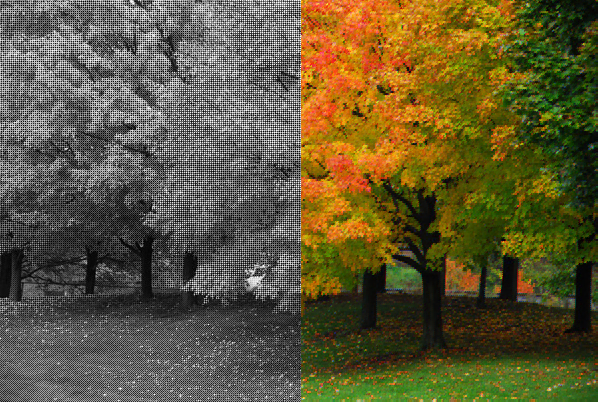
Demosaicing (right half) an image captured by a digital camera (left half)
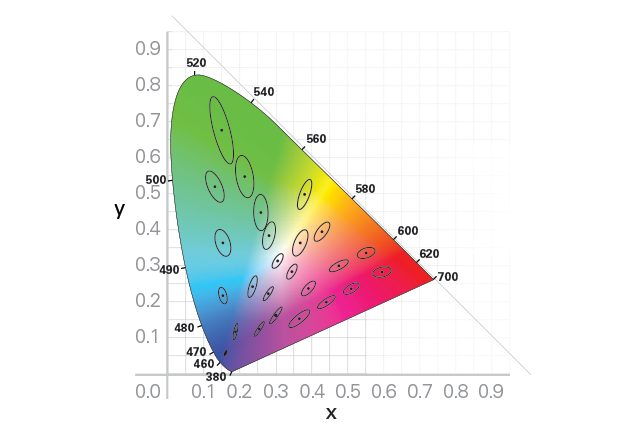
MacAdam ellipses of indistinguishable colours
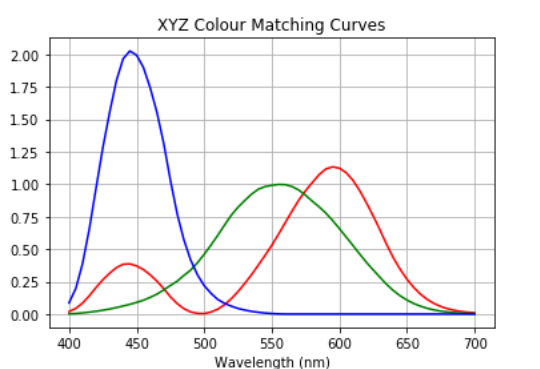
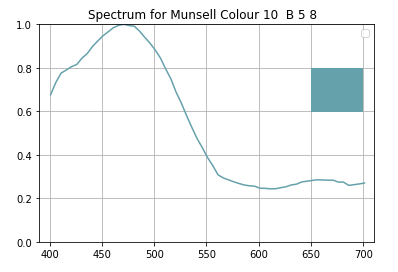

Students:
Haritha Dasari (PhD, 2007) Worked on forensic applications of colour image processing: identifying sources of documents such as photocopier, laser or deskjet printers.Roshanak Zakizadeh (2007): Awarded Erasmus Mundus scholarship in Colour Science. Obtained PhD from University of East Anglia. Currently working as a Research Scientist at University of East Anglia, United KingdomM. Ravindranath (2011): Working at HCL Technologies, ChennaiMohd. Ahmed Hassan (PhD, 2016): Currently faculty at Hadhramout University, YemenAnku (2018): Obtained PhD in Colour Science from Munsell Color Science Laboratory, Rochester Institute of Technology. Working as a Research Scientist at MetaHareesh Mandalapu (2018): Obtained PhD in Colour Science from NTNU, Norway. Working as a Scientist at Riverty in NorwayBojja Venu (2019): Currently doing his PhD in Colour Science at the Technical University of Denmark, CopenhagenPatrick Niyishaka (PhD, 2021): Working as a Surgical Data Scientist (IRCAD Africa) in Kigali, Kigali City, Rwanda.
Research:
Software Tools for Detecting Erasures, Obilterations and Modifications in Questioned Documents: Applying colour analysis to detect whether text source is colour laser or deskjet printer, colour photocopier; also, detect any modifications to document contents based on colour changesContent Based Image Retrieval of Remote Sensing Images: Colour and colour textures as two features for computing similarities between remote sensing imagesPhysics based Image Processing: Use of colour spectrum to RGB/HSV colour and vice versa to define image processing operations (in the form of 3x3 matrix operators) derived from spectral changes caused by physical processesSimulation of Colour Vision Deficiencies: In collaboration with the School of Medical Sciences, working on simulating colour blindness and quantitative measures to assess efficacy of public health policies and interventions in vision-related problems
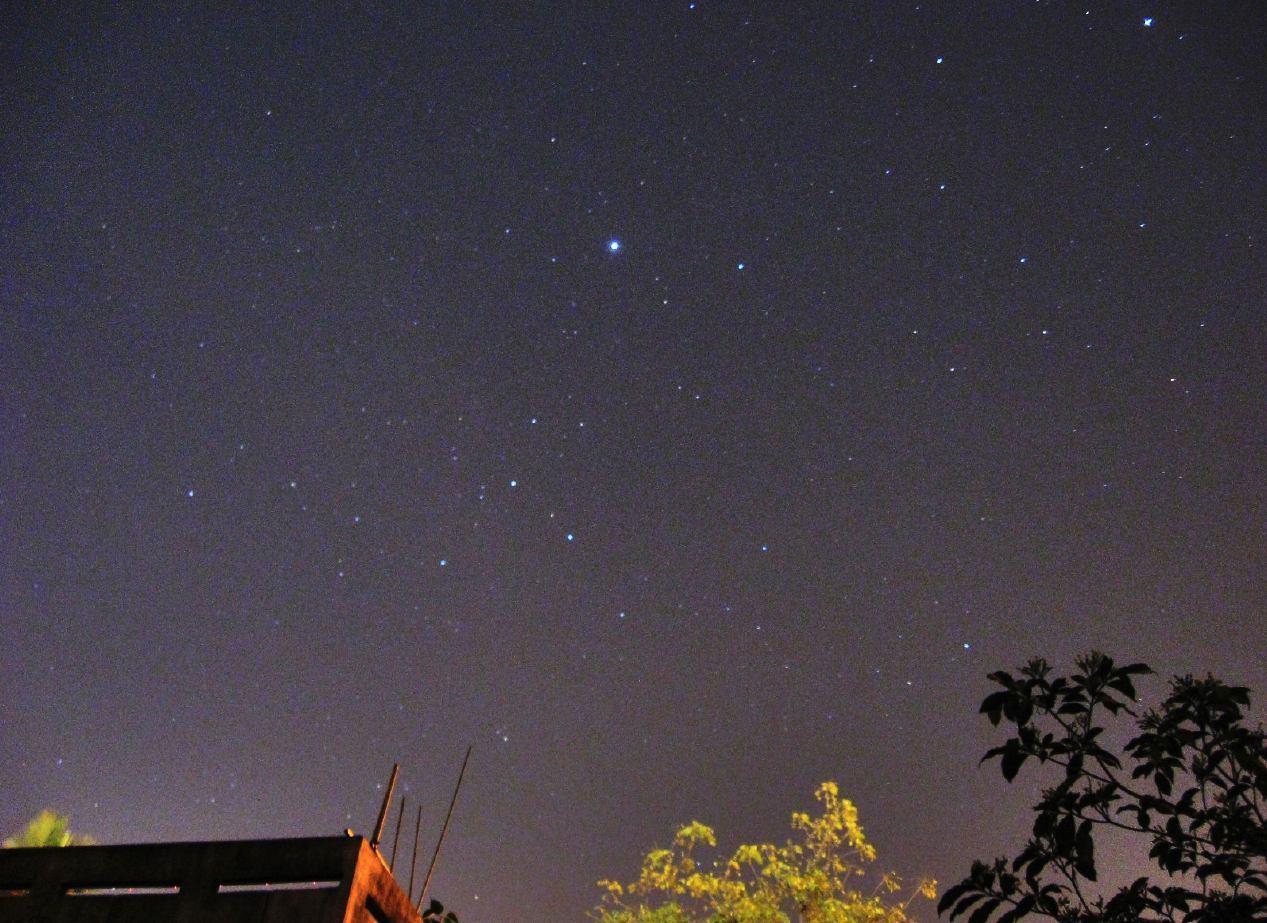
Original Image
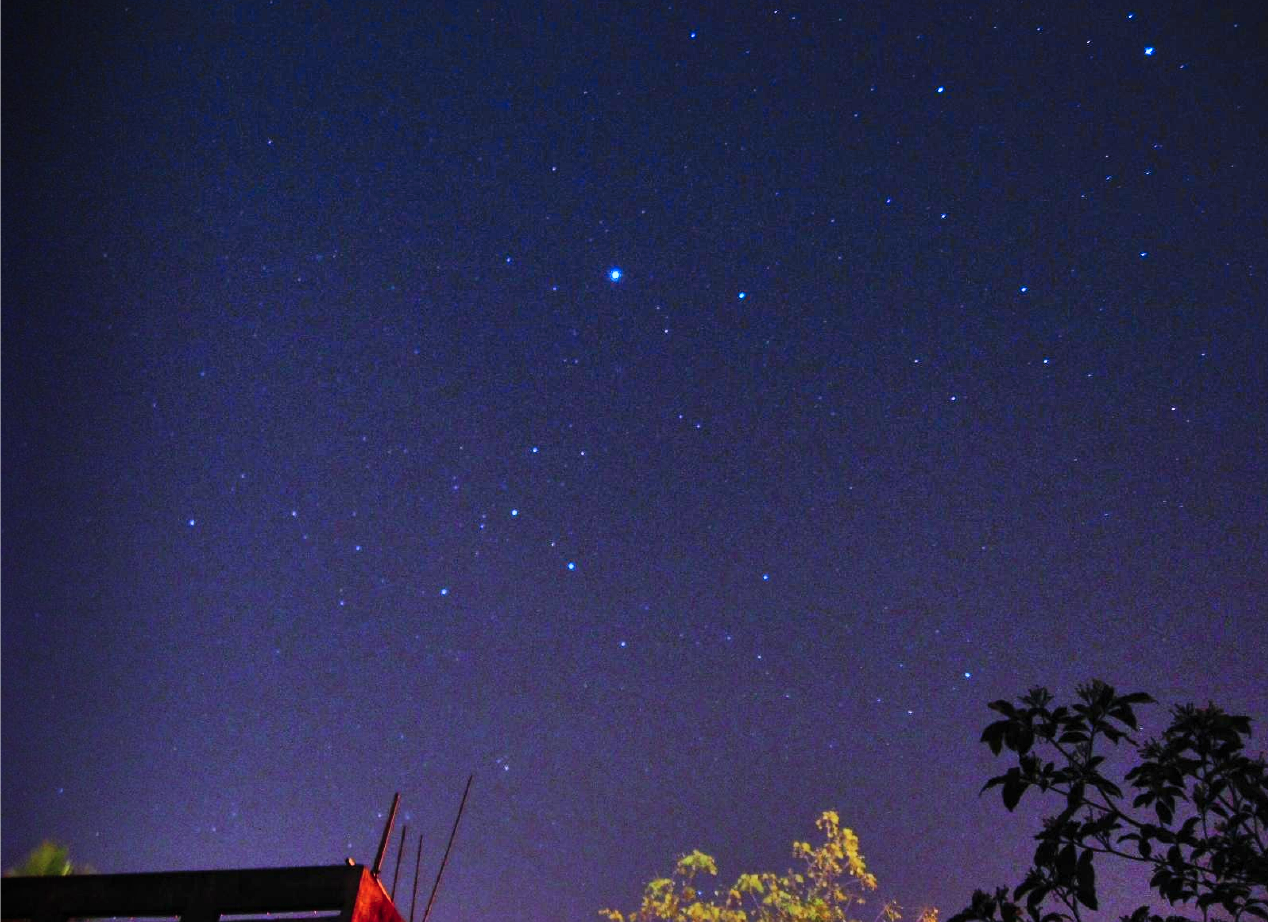
Sodium-vapour Lamp Filtered Image (Simulated)
Research:
Software Tools for Detecting Erasures, Obilterations and Modifications in Questioned Documents: Applying colour analysis to detect whether text source is colour laser or deskjet printer, colour photocopier; also, detect any modifications to document contents based on colour changesContent Based Image Retrieval of Remote Sensing Images: Colour and colour textures as two features for computing similarities between remote sensing imagesPhysics based Image Processing: Use of colour spectrum to RGB/HSV colour and vice versa to define image processing operations (in the form of 3x3 matrix operators) derived from spectral changes caused by physical processesSimulation of Colour Vision Deficiencies: In collaboration with the School of Medical Sciences, working on simulating colour blindness and quantitative measures to assess efficacy of public health policies and interventions in vision-related problems

